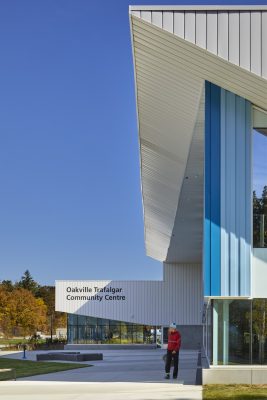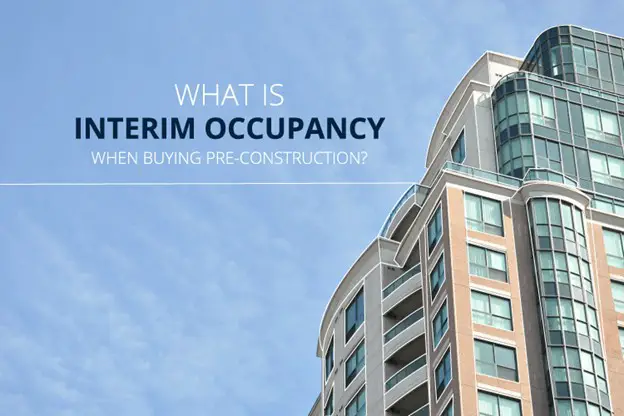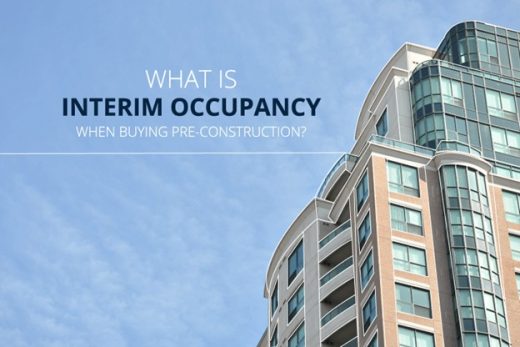What is interim occupancy guide, Tridel condos Etobicoke, Toronto apartments, Ontario condominium, Canada property
What is Interim Occupancy?
24 Nov 2021
Interim occupancy, also called vacancy management, is the method of managing vacant units during a project, which means the developer does not occupy the entire space that the unit is in. The vacancy date for the unit can be several months, weeks, days or even months depending on the scope of the project. The Interim Occupancy policy allows a developer to manage the unit on-site with access to utilities and amenities while the building undergoes renovation or remodeling.
What is Interim Occupancy in commercial real estate?
Interim Occupancy – This term is not used in the same manner as the terms “In Particular” or ” Planned” when speaking of pre-construction commercial real estate projects. Therefore, in this case the term “In interim” is used.
Why use the term “In interim occupancy”?
In order to avoid any confusion, we will use the term “In interim occupancy” when speaking of a temporary situation between the opening of the project and the completion of the final closing. It is not uncommon for developers to allow a few months’ time for an empty unit to go back on the market. This allows the company to recoup some costs associated with the vacant units and it also allows them to maintain regular vacancies. In order to protect the long-term value of the project, the developer might decide to allow an interim occupancy and charge normal fees for the vacant units, rather than take the risk of final closing them at the end of the project and then having to resell the units at full price.
When is it considered “In interim occupancy”?
If a new tenant is allowed to move in after the end of the lease period, this is considered “In interim occupancy”. A developer must wait three months from the date of opening for a new tenant to take ownership of the unit. If the unit was deemed fit for occupancy during the construction process, then the unit can be re-classified as “In transitional occupation” based on the transition that took place between the time of occupancy and the opening of the new tenant. This is often used when a new condo is being developed and the regulations governing transitional occupancy require a longer period of time before a new occupant can take possession of the unit.
How are interim occupancy fees determined?
The developer charges a set fee per month for a transitional occupant, which is included in the closing cost of the project. In the case of condos, the developer may also charge one interim fee per year, or up to six additional fees depending on the size of the building and the typical range of services provided. In the case of townhouses, the fees vary according to the size of the building and the typical range of services.
Are there benefits for the client?
There are many. In the case of larger projects, it may be more cost effective to allow an interim occupancy period to occur, since the fees involved may not be recouped from the first year of ownership. If the builder is unable to find a new tenant during the first year of occupancy, the fees may not be recoverable. If the unit has not been occupied for more than two years, it is considered “orphaned” and the developer will not be charged the transitional fee until the second year of occupancy. During this period, it might be possible to find a tenant, but if not, the unit will be considered “orphaned”, and therefore will not be eligible for transitional fees.
What is Interim Occupancy Periods (IOPs)?
Interim occupancy periods can last anywhere from three months to one year. During an IOP, the new owner can occupy the space but is not required to take ownership of the building. They will still need to pay any expenses associated with the condo such as utilities. The IOP typically allows the new condo owner to stay for a year after they take possession of the unit.
What is interim occupancy guide – Bottom Line
It is important to note that interim occupancy allows a new buyer to “walk through” your complex while you are determining your closing costs. Since the developer does not own the property, they are not going to charge you any fees associated with a new tenant. The same holds true for when you are purchasing units from Tridel Condos in Etobicoke. This means that you can have access to your new condo unit before you actually close on it and take ownership.
Comments on this help guide to what is interim occupancy article are welcome.
Toronto Architecture
Toronto Architecture Designs – chronological list
Ontario Architecture News on e-architect
Oakville Trafalgar Community Centre, Oakville, Ontario, Canada

photo : Tom Arban Photography
Oakville Trafalgar Community Centre
, Canada
image : Diamond Schmitt Architects
Markham Centre Campus
Building Articles
Contemporary Property Articles – architectural selection below:
Comments / photos for the What is interim occupancy – vacancy management advice guide page welcome







